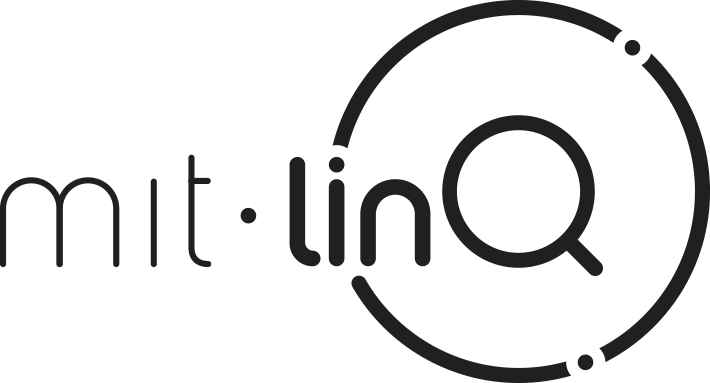Catalyst process
The Catalyst experience takes participants on a path from discovery, to insight, to yet deeper discoveries. The process comprises two phases, each structured to accelerate and maximize innovation opportunities. The outcome: People and projects on the path to healthcare impact.
Phase 1 features
Proof of need
Identify compelling unmet medical needs in the edition’s innovation priorities.
Proof of opportunity
Devise a set of possible new solutions. Meet with key stakeholders to ensure that the solutions are practical and appropriate.
Project proposal
Narrow down to the most promising solutions and plan research project opportunities.
Transition to Research Execution Plan
Conclude Phase 1 with a portfolio of validated research opportunities, with real opportunity to transition to project execution—including exploration of funding and commercialization opportunities.
Phase 2 features
Team building
Fellows recruit collaborators and other team members who can help realize the project through their resources and specialized expertise.
Project strategy
The team develops an execution strategy the focuses on de-risking it—eliminating or mitigating potential threats to its success.
Case for investment
Looking ahead to exiting Catalyst, project teams compile evidence to make the case for outside investment to continue development.
Graduate to independence
Conclude Phase 2 with a project plan, execution team, and case for funding to enable continued development.
Catalyst teams exit with carefully planned projects clearly focused on healthcare impact and ready for investment. The Fellows themselves are transformed, with a deepened understanding of their strengths, a renewed perspective on their goals, and expanded career horizons.







